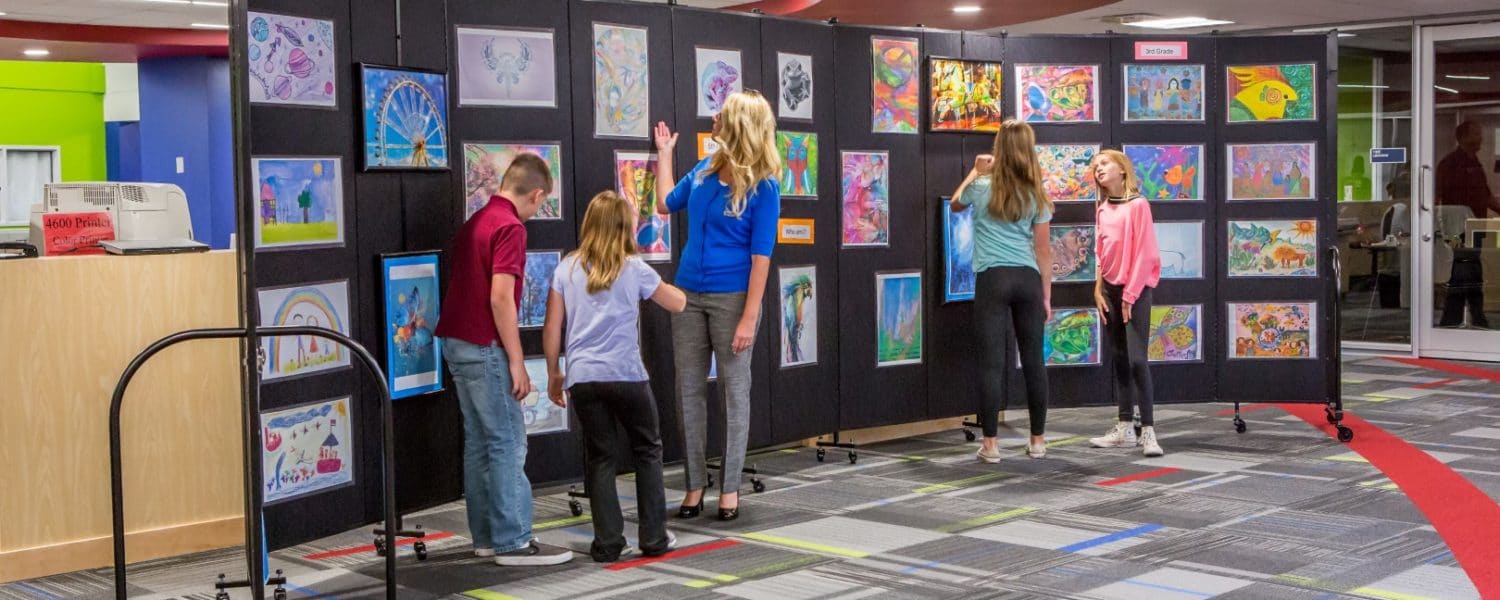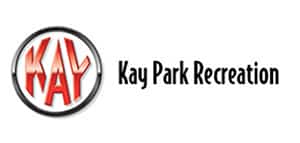By Julie Wenckowski
Recently I worked with a school district that had a mixture of newer and older buildings. While the new buildings are constructed for the 21st Century learner, the older buildings’ “traditional” structure fell short.
Administrators challenged the faculty and staff to think outside the box and transform the older buildings to meet the modern styles and learning techniques of today’s students. This task needed to be accomplished without the luxury of construction.
We found our answer in multipurpose spaces.
The concept of multipurpose rooms isn’t a new concept. In fact, the shared space concept dates back to 1849 as described by Henry Barnard in the book School Architect.
He describes how several groups met in one classroom that was partitioned with unreliable wooden room dividers. They found the acoustics to be poor because the sound would bounce right off the wood dividers.
Subsequently, with the development of sound-absorbing room dividers and movable partitions throughout the years, the popularity of multipurpose rooms has taken off as not only a flexible use of space but a good resource of funds, as well.
With the evidence of the effectiveness and longevity of multipurpose rooms, the staff set out to identify potential areas in the school that could be transformed into a multipurpose room.
The new shared space needed to fulfill the need for theatrical performances, new technologies, expanded testing, storage space, tutoring centers, physical education classes, community events, and after-school programs.
Four key areas in the school were identified:
1. Atrium
This large open space is often beautiful and lets in an abundance of natural sunlight. However, atriums are often unused for several hours throughout the day.
By adding flexible seating, tables, and chairs, the room can be rearranged to handle small and large group instruction. Movable privacy panels can create alcoves and reading and study nooks.
2. Library
Technology is ever-changing and the multipurpose space needs to handle several forms of technology and collaborative learning spaces.
Manufacturers have developed flexible solutions to meet these needs:
- Writable and tackable walls
- Portable green screen panels
- Sound absorbing partitions
- Movable classroom dividers
- Glass/translucent walls on casters
3. Gymnasium
Today’s physical education classes focus on the whole student (body and mind). Oftentimes, this requires classes to meet in classrooms, which may be hard to come by. Sound-absorbing portable walls provide the privacy needed for these new classes right inside the gymnasium.
These temporary classrooms are also ideal for additional rooms for standard testing and parent-teacher conferences.
4. Cafeteria
The key to transforming a cafeteria into a multipurpose room is flexibility. Simple solutions like using round tables and individual chairs allow the school to quickly reconfigure the space from dining to audience seating.
Acoustic wall baffles can be used to absorb the loud sound levels during lunch and also absorb refracted sound during presentations. Movable walls can also be used as a backdrop for speakers and choir or musical performances. Rented lighting and AV equipment are ideal for special performances.
Both gymnasiums and cafeterias can be used for theater productions. How can this be accomplished? Movable partitions can be used to create appropriate site lines between the audience and the actors.
Special attention needs to be made to the acoustics in the combined space. The sound design must accommodate the rigid design of the gymnasium or cafeteria and the sound projection necessary for theater productions.
Additional consideration in managing the noise level must be given to nearby classrooms any shared space. Wall sound baffle panels increase sound absorption with the room for better acoustics.
By showing that even minor improvements to the building performance by using flexible space and hybrid design strategies can significantly improve student learning and performance, the administration was eager to invest in portable walls.
Julie Wenckowski is the marketing coordinator at Screenflex, www.screenflex.com. Screenflex offers high-quality, American-made portable room dividers that set up quickly and fold for easy storage.










